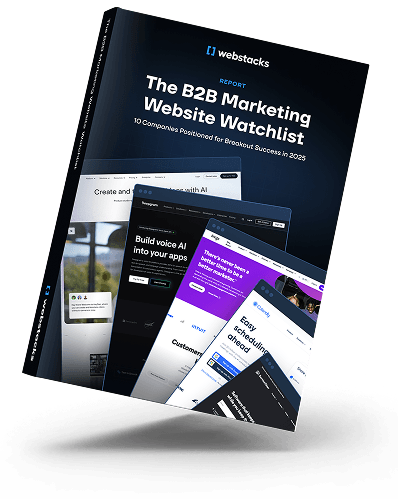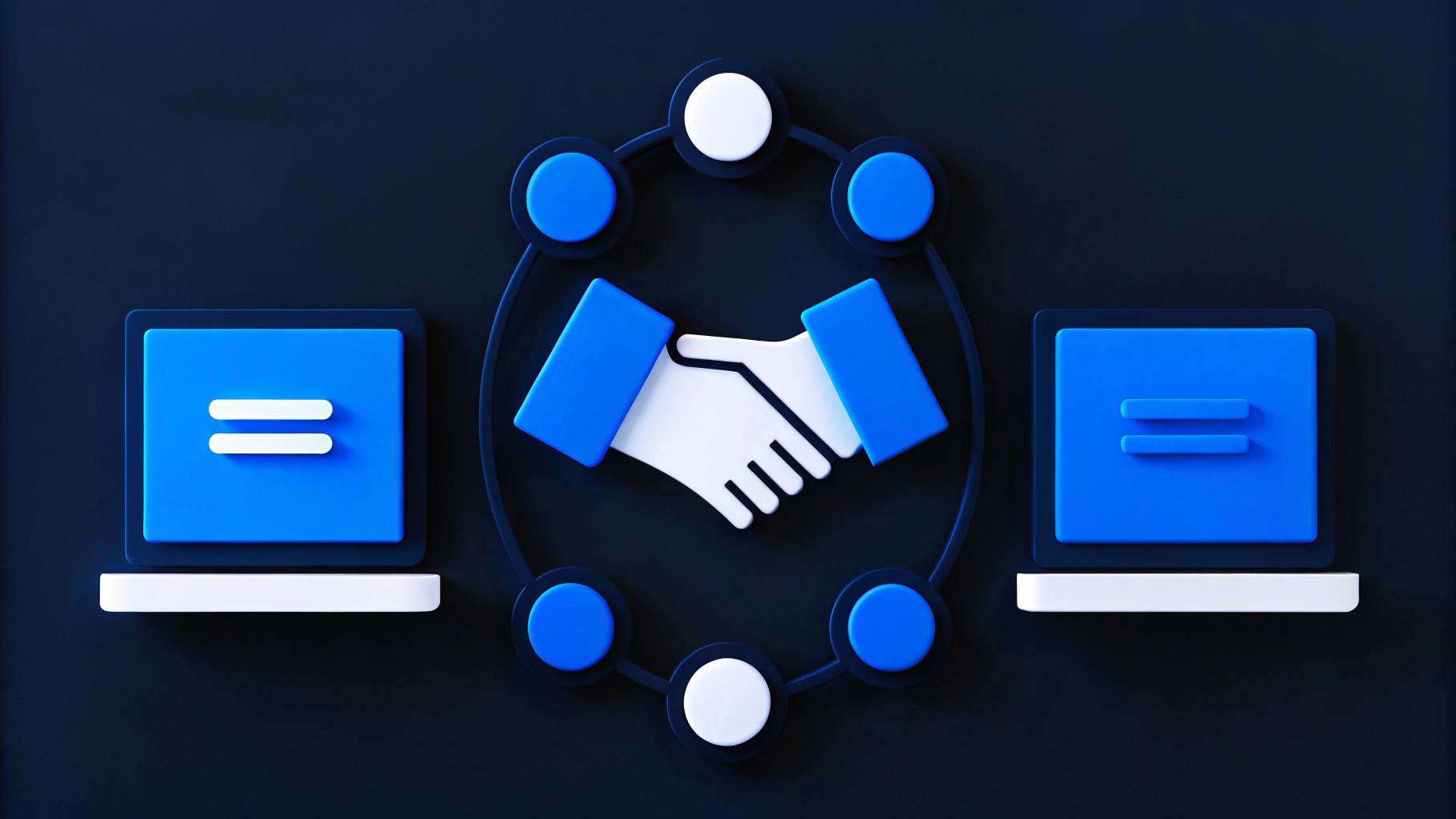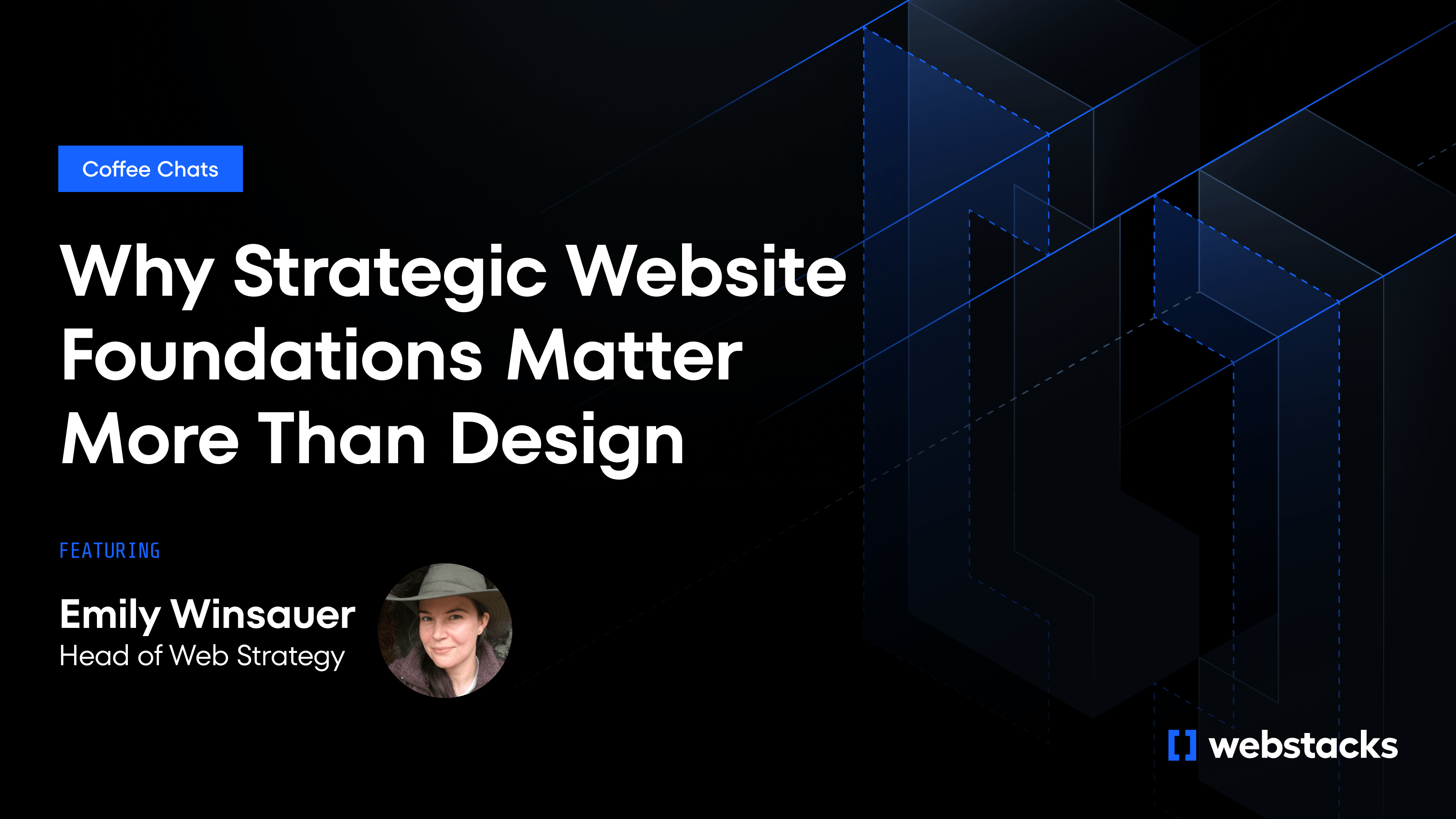Most B2B companies begin their partnership journey with a handful of informal alliances managed through email threads and spreadsheet trackers. You start with strategic integrations or referral relationships that generate meaningful revenue, but as these partnerships multiply, the cracks in your manual system start to show.
What begins as manageable becomes chaotic. Partners can't find resources, leads disappear in email chains, and you lose visibility into which relationships actually drive results. The partnerships that should accelerate growth become bottlenecks that limit potential.
That's why transitioning from informal alliances to scalable B2B partner programs unlocks exponential growth. Companies with structured partner programs see higher revenue growth rates and faster market expansion than those with disjointed ad-hoc partnerships.
This guide will help you build a B2B partner program that scales with your business. You'll learn how to define the right program model for your go-to-market strategy, establish clear goals, build a digital partner hub for self-service, and create automated workflows that eliminate bottlenecks.

1. Define the Right B2B Partner Program Model for Your GTM Motion
Your partnership strategy must align with how you sell and deliver value to customers. Generic partner programs waste resources on relationships that don't reinforce your go-to-market motion.Instead, choose B2B partner program models that accelerate your existing sales process and expand your market reach.
Four partnership models dominate B2B programs, each serving different strategic purposes:
- Tech partnerships integrate your solution with complementary tools in your customers' tech stack, creating stickiness and reducing churn.
- Channel and reseller partnerships extend your sales reach without proportional increases in sales headcount. Partners handle prospecting, demos, and closing in territories or verticals where you lack presence.
- Affiliate and referral programs tap into partners' networks to generate qualified leads with minimal ongoing management.
- Strategic alliances combine resources for joint solutions, co-marketing campaigns, or market expansion.
The most successful programs often combine multiple models rather than picking just one. Your tech integration partners might also refer prospects, while channel partners could participate in co-marketing campaigns.
Make sure that each partnership type supports your primary revenue generation model.
2. Identify Clear Goals and KPIs From Day One
Without clear goals and measurable KPIs, your B2B partner program becomes a resource drain rather than a growth engine.You need specific metrics to track progress, identify what's working, and make data-driven decisions about where to invest your time and budget.
Financial Performance Metrics
Start with the metrics that directly impact your bottom line:
- Partner-sourced revenue (deals partners directly bring to your pipeline)
- Partner-influenced revenue (opportunities where partners played a supporting role)
Track both immediate revenue and pipeline value to understand short-term performance and future potential. Early-stage programs should focus on building pipeline, while mature programs need to optimize for conversion rates and deal size.
Partner Engagement Metrics
You can’t improve partner engagement if you’re not measuring it. The right metrics show you which partners are active, which ones need support, and who’s likely to deliver the most value over time.
- Activation rates help you monitor how many partners complete onboarding and begin actively promoting your solution.
- Retention rates help you identify which partners stay engaged versus those who become inactive.
- Content usage patterns reveal which sales and marketing assets partners actually use.
- Training completion rates help predict which partners are likely to become top performers.
- Portal login frequency tracks how often partners log in, which is a solid indicator of ongoing interest and engagement.
Conversion and Pipeline Metrics
Once partners are active, you need to understand how well they’re driving revenue. These metrics help you measure how effectively partners move prospects through your sales funnel, from initial interest to closed deals.
- Lead-to-opportunity conversion rate: Shows how often partner-sourced leads turn into real pipeline.
- Average deal size: Tells you the typical value of deals coming through partners.
- Sales cycle length: Measures how long it takes to close partner-influenced deals compared to other channels.
Use your CRM and CMS data together to attribute partner content consumption to actual pipeline generation. When partners download specific battlecards or case studies, track whether those assets correlate with closed deals.
Build feedback loops by reviewing these metrics monthly with your partner team and quarterly with your most important partners.
3. Build a Scalable Digital Partner Hub
When your B2B partner program gains traction, you need a centralized hub that handles multiple partner types, automates processes, and scales with complexity.Your partner hub serves as mission control for your entire ecosystem. Partners access resources, track progress, and collaborate with your team from one location. Without this centralized approach, you'll drown in one-off emails, scattered documents, and manual processes.
Components of an Effective Partner Hub
A good partner hub stores information and enables action. The best ones give partners everything they need to get started, stay aligned, and drive results without constant back-and-forth. Four modules make your partner hub functional:
- Self-serve onboarding flows guide new partners through application, approval, and setup without manual intervention.
- A comprehensive co-marketing asset library lets partners access and customize pitch decks, case studies, logos, and campaign materials.
- Integration listings showcase technical partnerships with clear implementation documentation.
- Tiered partner directories reflect different partnership levels and provide appropriate access to resources, contacts, and opportunities based on partner status.
UX and Design Best Practices
Design clear navigation that gets partners to their destination in three clicks or fewer. Use progressive disclosure to avoid overwhelming newcomers while providing advanced features for experienced partners.
Role-based dashboards surface relevant information for each partner type, reflecting the distinct needs of different partnership models.
Self-Serve Functionality
Scaling depends on reducing manual touchpoints. Partners should be able to update profiles, request marketing support, register deals, and access training materials without involving your team.
This improves partner satisfaction while freeing your team for strategic relationship building instead of administrative tasks.Building a scalable partner hub like this requires expertise in web design that supports complex user journeys and integrations with your existing tech stack.
4. Enable Your Partners With the Right Content and Tools
Most programs fail because they dump generic marketing materials on partners and expect results. Instead, create customizable assets that partners can actually use in their specific contexts.
Customizable Partner Collateral
Your partners need materials that speak to their audience in their voice while maintaining your brand standards. Start with these pieces:
- Modular pitch decks where partners can swap in their own case studies and pricing
- Battlecards that address competitor objections specific to their market
- Co-branded case studies that showcase joint customer wins
Modularity is essential. Build templates where partners can customize messaging for their vertical, add their own contact information, and include region-specific pricing or compliance details.
CMS-Driven Asset Management
A content management system becomes invaluable once you have more than a handful of active partners. Your CMS should version assets by region, market segment, and partner tier automatically.
Different partner tiers need different levels of access and customization options. Your strategic partners might get fully customizable templates and co-branding rights, while affiliate partners access standardized materials with limited personalization.
Role-Based Access and Permissions
Not every partner should access every piece of content. Role-based permissions ensure the right materials reach the right people while protecting sensitive information like competitive intelligence, pricing strategies, and unreleased product details.
Structure access based on partner relationship depth and deal involvement. This approach reduces information overload while maintaining security around your most valuable resources.

5. Automate Workflows Wherever Possible
If you’re tracking partners in spreadsheets, routing leads by email, and updating statuses by hand, you’ve outgrown manual processes.You should build automation into your workflows from the start. Use Partner Relationship Management (PRM) platforms and integrations to take care of the repetitive tasks that slow your partner team down.
Justworks saw this impact firsthand. After partnering with Webstacks, they rebuilt their site to support faster campaign launches, personalized experiences, and modular workflows. The result? A site that empowers both their marketing and partner teams to move faster, automate routine processes, and tie activities to revenue.
Automate Partner Onboarding and Approval
Onboarding systems should trigger different approval paths based on partner type, company size, or geographic location. For example, an enterprise software integration gets routed to technical review, while a referral partner moves straight to contract generation.
This approach cuts onboarding time from weeks to days and ensures no partner application sits forgotten in someone's inbox.
Intelligent Lead Routing
The automation extends beyond initial routing to include lead scoring, opportunity tracking, and commission calculations. Partners see real-time status updates on their deals, and managers get automated reports on pipeline health across the entire ecosystem.
Activity Tracking and Reporting
Visibility into partner activity separates successful programs from those that waste resources on inactive relationships. Automated tracking systems monitor engagement across multiple touchpoints, including portal logins, content downloads, deal registrations, and co-marketing campaign participation.
This data feeds into partner scorecards that identify your most valuable relationships and highlight partners who need additional support or should be retired from the program.
Modern PRM platforms integrate with CRM systems to create unified dashboards that show partner-influenced revenue, conversion rates by partner tier, and content effectiveness metrics.
6. Measure and Optimize the Program as You Grow
To build a successful B2B partner program, you need continuous measurement and optimization to ensure your program delivers value and scales with your growth.
Regular Performance Reviews
Quarterly reviews help you assess which partnerships drive results and which consume resources without delivering value. Evaluate each partner's contribution to your pipeline, deal velocity, and overall strategic alignment with your business goals.
Establish performance criteria before you begin these reviews. Track metrics like time to first co-sell, which shows how quickly new partners can start generating joint opportunities.
Partner Segmentation and Investment
Use performance data to segment partners into tiers based on their contribution and potential. High-performing partners who generate significant opportunities should receive priority access to new resources, dedicated support, and co-marketing investments.
Partners who show minimal engagement or results after reasonable enablement efforts should be removed from your program. This isn't harsh — it's smart resource allocation. Focus your limited resources where they create the greatest impact.
Content and Resource Optimization
Your hub's analytics reveal what content drives activation and deal influence. Track content usage per partner to identify which resources are most effective and which get ignored. Regular A/B testing of your portal's content and user experience improves engagement and conversion rates, ensuring your program evolves with your partners' changing needs. Use this data to refine your content strategy, doubling down on high-performing assets while retiring or updating underperforming materials.
B2B Partner Programs Start With Scalable Websites
The strategies we've covered all depend on one foundation: digital infrastructure that scales with your ambitions. Spreadsheets and email chains work when you're managing five partners, but they become growth killers at fifty.
Most programs hit a wall when manual processes can't keep pace with demand. Static websites with basic contact forms break down under complex onboarding workflows. When your infrastructure can't scale, your B2B partner program stagnates.
Webstacks takes a different approach. As a B2B web development agency, we design B2B websites like products — modular, composable, and built for speed. That means your partner hub transforms from a resource page to a growth engine.
With the right infrastructure, you can onboard dozens of partners simultaneously, deliver personalized experiences at scale, and optimize based on real performance data.
Want a website that scales with your partner program? Let’s build it together.




